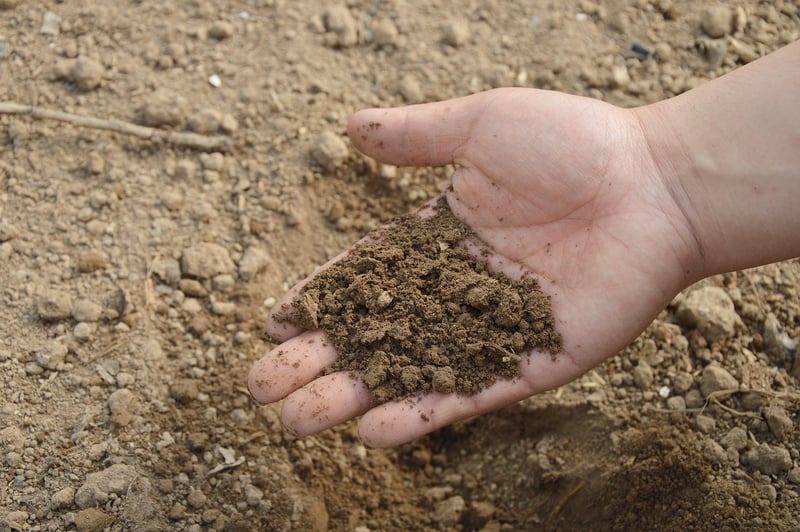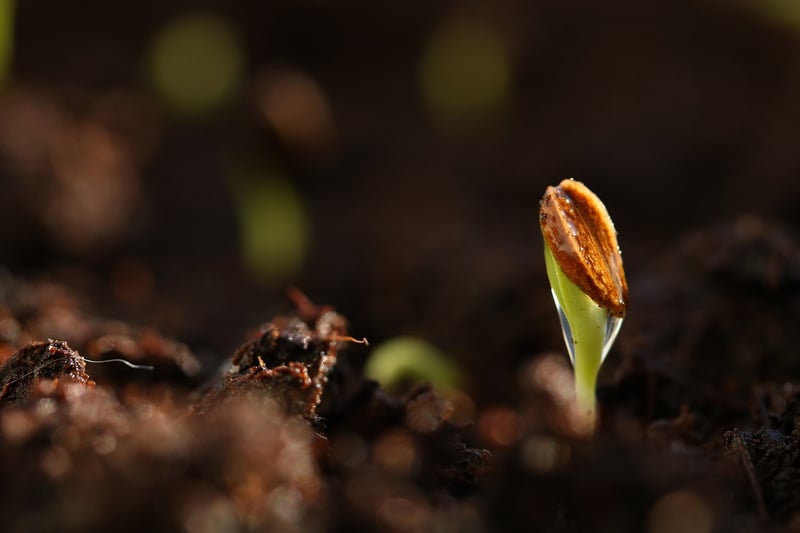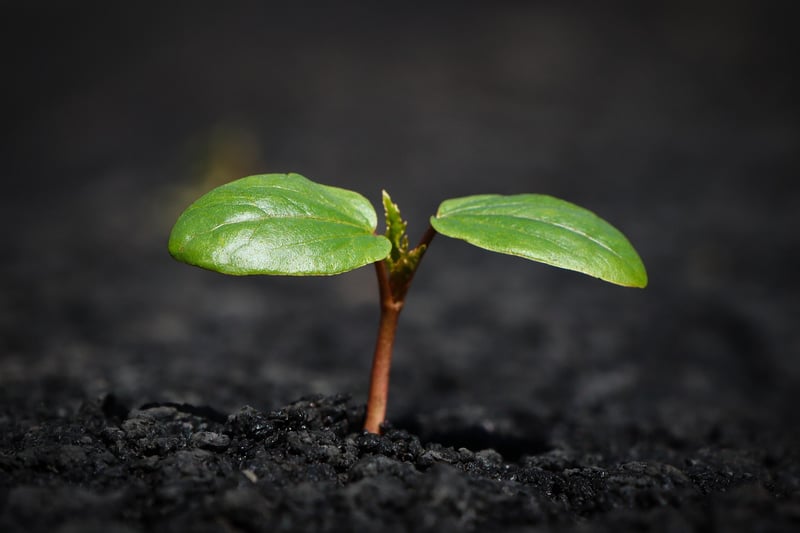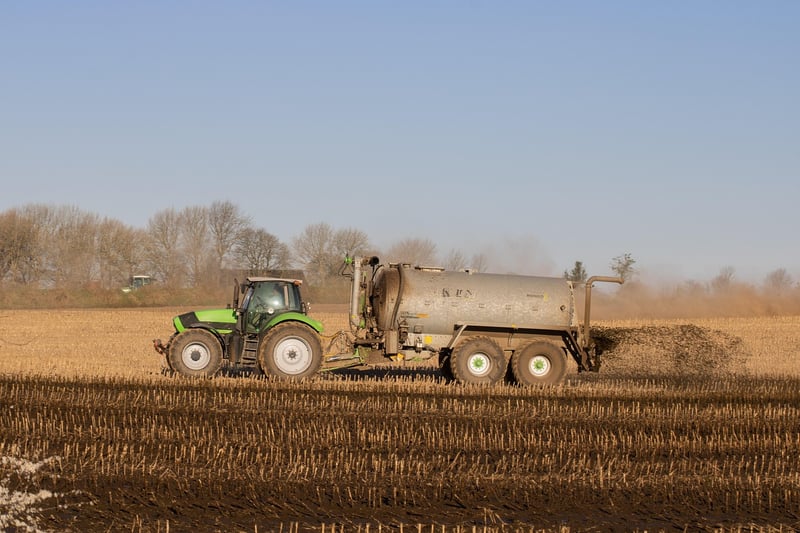Fertilizing Methods
Plant Maintenance and Fertilizing Methods
Introduction
Proper plant maintenance and effective fertilizing methods are crucial for the health and growth of your plants. This guide will provide you with essential tips on how to care for your plants and choose the right fertilizing methods to ensure they thrive.
Plant Maintenance Tips
- Watering: Ensure your plants receive the right amount of water. Overwatering or underwatering can harm your plants. Check the soil moisture regularly.
- Light: Different plants have varying light requirements. Place your plants in locations that match their specific needs, whether they require full sun, partial shade, or low light.
- Pruning: Regularly prune your plants to promote healthy growth, remove dead or damaged parts, and maintain their shape.
- Cleaning: Keep your plants clean by gently wiping the leaves with a damp cloth to remove dust and prevent pests from infesting them.
- Repotting: Repot your plants when they outgrow their containers to provide them with fresh soil and room for root expansion.
Fertilizing Methods
Choosing the right fertilizer and applying it correctly is essential for plant nutrition. Here are some common fertilizing methods:
Organic Fertilizers
Organic fertilizers are derived from natural sources such as compost, manure, and bone meal. They provide a slow release of nutrients and improve soil structure.

Water-Soluble Fertilizers
Water-soluble fertilizers are dissolved in water and applied to plants during watering. They are quickly absorbed, providing an immediate nutrient boost.

Slow-Release Fertilizers
Slow-release fertilizers release nutrients gradually over time, providing a steady supply of nutrients to plants. They are convenient for long-term feeding.

Conclusion
By following proper plant maintenance practices and choosing the right fertilizing methods, you can ensure that your plants remain healthy and vibrant. Remember to tailor your care to the specific needs of each plant for the best results.
Happy gardening!
